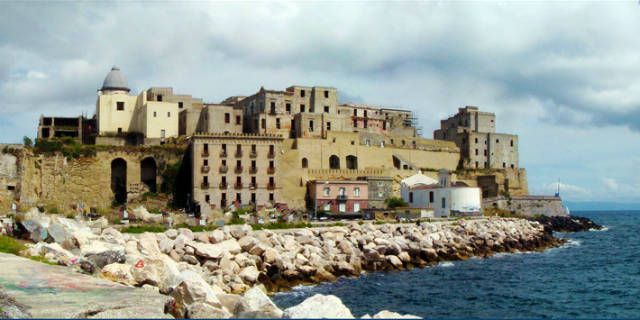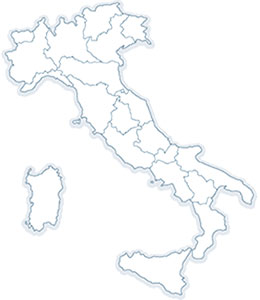Itinerary: Pozzuoli
Discover Pozzuoli, its ancient Roman monuments and volcanos
Pozzuoli, the ancient Roman village, was founded ten kilometers west of Naples by a group of exiles from the Greek island of Samos, which is why it was once called Dicearchia, "good government". The city, which lies on a promontory jutting into the Gulf of Naples between Posillipo and Miseno, is today the most important center of the Phlegrean Fields (Campi Flegrei in Italian).
The favorable geographical position, the historical tradition related to wellness and hospitality, as well as the presence of ancient Roman monuments, make Pozzuoli an important tourist and commercial destination. The many places to visit, the surrounding clear waters and the volcanic soil of his bradyseism give this city a unique charm, making it worth a visit.
Rione Terra (pic n°2, pic n°3), which is the ancient Roman city of Pozzuoli, lies completely underground because new buildings were built above it in the seventeenth century. The ancient Roman walls are still well preserved, and there are also some well-preserved mills that served to make flour, ovens for baking bread, and other things that make it a real Roman city. There are some Roman monuments as well, such as the Temple of Serapis, "Macellum" (pic n°4) and the Flavian Amphitheater, called "Amphitheatrum Flavium" in Latin (pic n°6).
Do not forget to visit the crater of Solfatara (pic n°5), a volcano in the city of Pozzuoli. The Solfatara of Pozzuoli is the liveliest group of volcanoes of the Phlegraean Fields, whose name comes from Greek and means burning.
The Romans loved the area of Phlegrean Fields and its gentle hills covered with brushes and citrus groves and many Romans villas were built here.
Since the 17th century, this region has also been included in the "Grand Tour in Italy" of the first tourists of the European aristocrats during their visit to Italy.
Some pics of Pozzuoli:
Rione Terra (pic n°2, pic n°3); The Royal Palace (pic n°3); Macellum" (pic n°4); Solfatara (pic n°5); Amphitheatrum Flavium (pic n°6)












